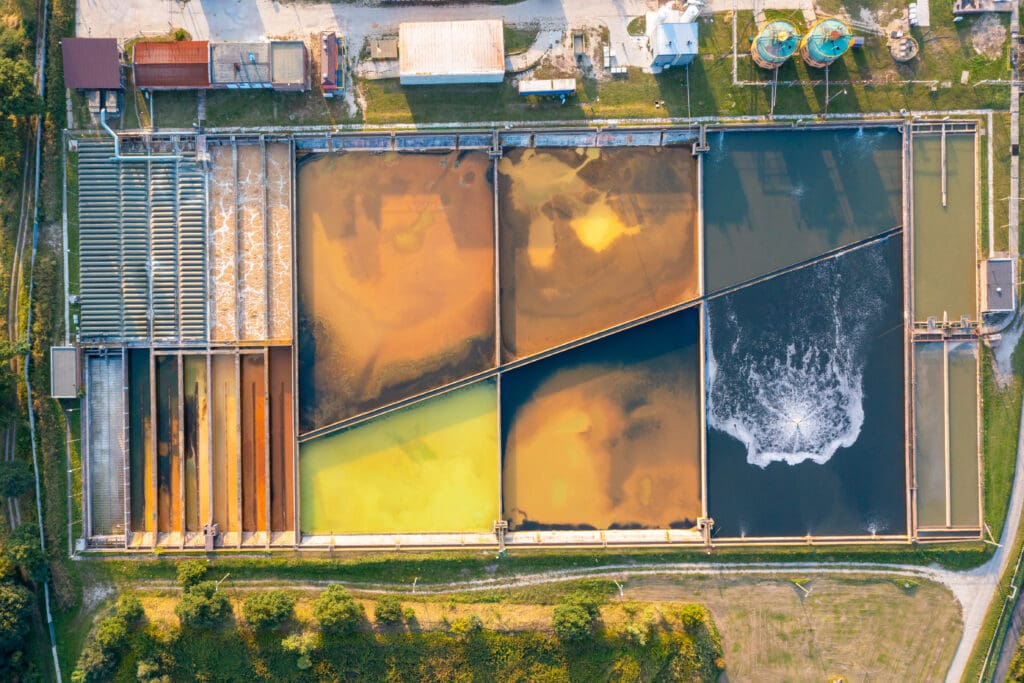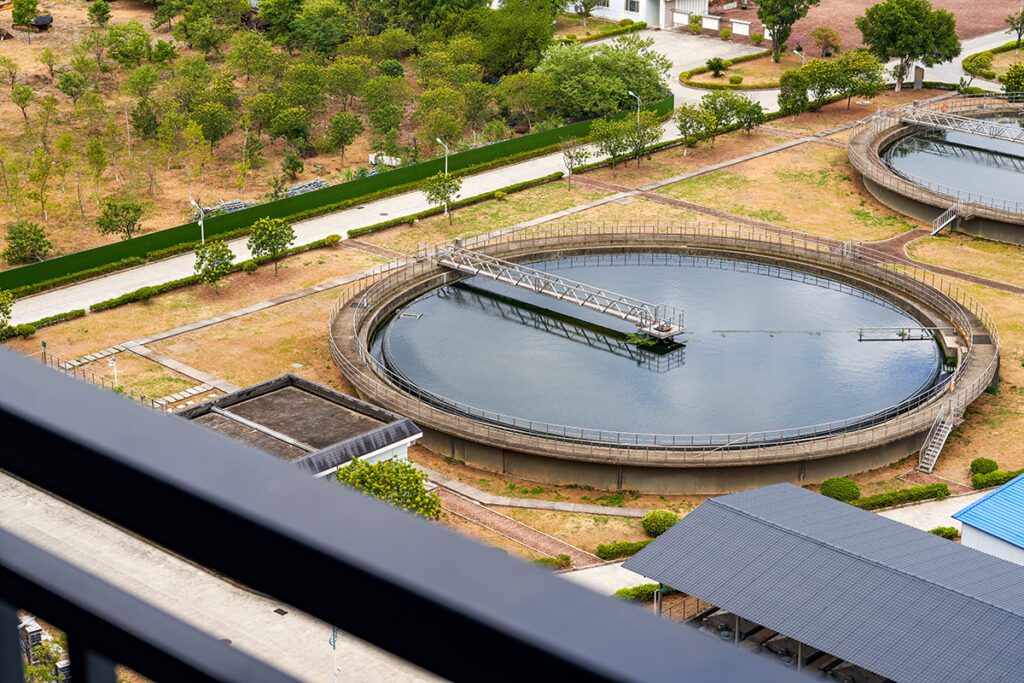Wastewater grit, consisting of sand, gravel, organic matter, and other substances, poses a serious challenge to the efficiency and effectiveness of sewage treatment plants. As it enters the system, filters screen it out, and it settles at the bottom of a grit settling tank. Over time, this grit and other sludge builds up, impeding the flow of wastewater and hindering crucial treatment processes.
This build-up negatively impacts the overall treatment capacity, reducing water quality and potentially contaminating nearby streams and rivers. Moreover, excessive grit accumulation can cause damage to pumps, pipes, and equipment, resulting in higher operating costs and increased maintenance efforts.
Imagine a scenario where wastewater grit overwhelms the treatment process, causing pollutants to remain in the water instead of being effectively removed. Aquatic life, relying on clean water and the availability of oxygen, is negatively impacted, disrupting the delicate balance of ecosystems. The contaminated water poses risks to human health and violates environmental regulations set by organizations such as the Environmental Protection Agency. It becomes clear that tackling wastewater grit is urgent and essential to safeguard our water resources.
At Biros Septic & Drain Cleaning, we specialize in wastewater management and are committed to providing sustainable solutions for cleaner water. Our comprehensive approach includes regular inspection, maintenance, and the vital process of cleaning out the grit settling tanks. By scheduling an appointment with Biros Septic & Drain Cleaning, you can benefit from our expertise in grit removal, ensuring optimal flow rates and minimizing the risk of contamination. Our state-of-the-art equipment and environmentally friendly techniques ensure effective grit removal from your settling tanks, allowing for efficient biological treatment processes and nutrient removal.
Don’t wait until the accumulation of wastewater grit becomes a costly problem. Take action now to protect our water resources and maintain compliance with regulations. Contact Biros Septic today and schedule an appointment to get your settling tanks pumped and rid them of wastewater grit. Together, let’s contribute to a healthier environment and secure a sustainable future with clean water for generations to come.
What Is Grit in Wastewater?
Grit in wastewater refers to the solid particles, such as sand, gravel, shells, and organic matter, that find their way into the sewage system. These particles can originate from various sources, including household activities, stormwater runoff, and industrial processes. When wastewater enters the treatment plant, it undergoes a series of processes to remove pollutants and contaminants. However, grit poses a challenge in these treatment processes as it settles at the bottom of settling tanks, and eventually builds up with sludge. This build up can hinder the flow of wastewater and impede the effectiveness of biological treatment.
How Do Wastewater Treatment Plants Remove Grit from Water?

Wastewater treatment plants (WWTPs) remove grit from water for several crucial reasons. First, the presence of grit can disrupt the flow rates within the treatment process, affecting the efficiency of subsequent treatment stages. Another reason grit is removed from water is because they are heavier than organic solids and can cause excessive mechanical wear on other downstream systems that treat the water. These results lead to more cleaning and repairs on the wastewater treatment system.
Why Do WWTPs Need Grit Removal Services?
WWTPs require specialized grit removal services to address the challenges posed by accumulated grit effectively. Eventually, the grit and sludge build up at the bottom of the tank. This grit settling at the bottom of tanks reduces the available volume for wastewater, leading to decreased hydraulic capacity and potentially causing overflow issues. By removing grit with a high vacuum tank, WWTPs can maintain optimal flow rates and ensure the smooth functioning of the treatment process.
Moreover, grit removal is vital to protect the infrastructure of WWTPs. As grit settles and accumulates in the settling tanks, it can cause abrasion and damage to pumps, pipes, and other equipment. This damage increases operating costs due to frequent repairs and maintenance and compromises the facility’s long-term reliability and lifespan.
How Does a WWTP Clean the Grit and Sludge from Their Settling Tanks?
Cleaning grit and sludge from settling tanks at WWTPs is a crucial maintenance task that ensures the proper functioning of the treatment process. Biros Septic & Drain Cleaning implements a comprehensive approach to clean out the grit and sludge from these tanks, effectively restoring their capacity and efficiency.
One common method we use is mechanical cleaning, where specialized equipment, such as vacuum trucks or dredging machines, is used to physically remove the accumulated grit and sludge from the tanks. This material is then transported to designated disposal facilities or treatment plants for further processing.
Where Does the Grit and Sludge Go After Being Pumped from the Tank?
After grit and sludge are pumped out of the settling tanks, proper disposal is crucial to ensure environmental protection and compliance with regulations. Biros Septic & Drain Cleaning adheres to industry best practices in managing grit and sludge waste.
The collected grit and sludge are transported to licensed treatment or disposal facilities specializing in handling such waste. These facilities employ various methods, such as dewatering, drying, or biological treatment, to process the waste material effectively. The resulting by-products may be repurposed for applications like composting or used in other industrial processes, while any residual waste is disposed of safely and in compliance with environmental regulations.
By partnering with responsible service providers like Biros Septic & Drain Cleaning, WWTPs can ensure that the grit and sludge removed from their settling tanks are managed in an environmentally conscious manner, contributing to sustainable wastewater management practices.
Do You Need Wastewater Grit Pumping and Removal Services in Northeastern PA?
The accumulation of grit in settling tanks hinders the efficiency of treatment processes and poses risks to aquatic life and water quality. Thankfully, solutions are within reach.
You can take proactive steps towards maintaining optimal wastewater treatment by scheduling an appointment with experts like Biros Septic & Drain Cleaning. Their professional grit removal services eliminate accumulated grit with a high vacuum truck, allowing for smoother flow rates and efficient treatment processes. By investing in regular cleaning and maintenance, you contribute to preserving our water resources while minimizing the risk of contamination.
Don’t let wastewater grit become a barrier to clean water and environmental protection. Take control of your wastewater management today by contacting Biros Septic & Drain Cleaning. Schedule an appointment to get your settling tanks pumped and rid them of grit, ensuring the longevity and effectiveness of your wastewater treatment system.
Resources:

